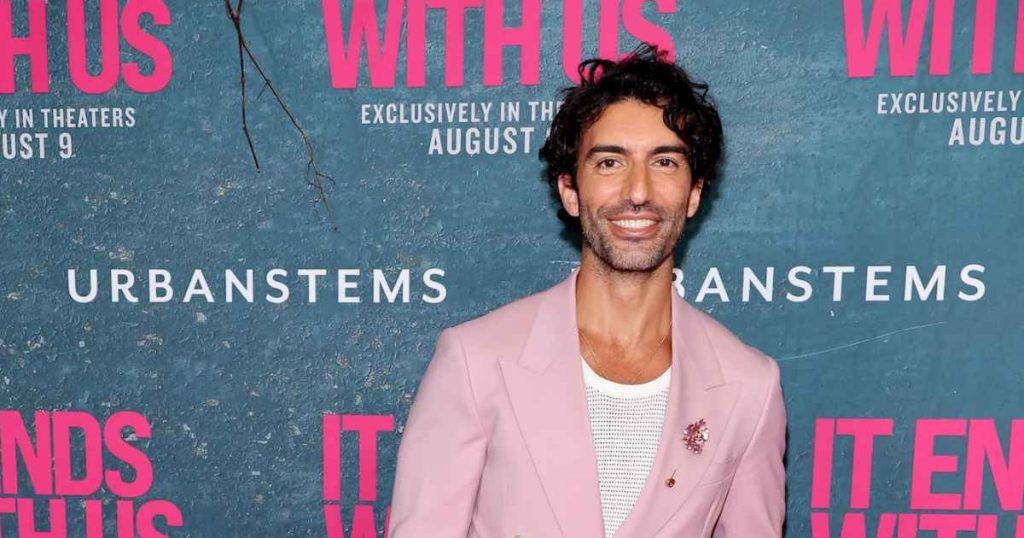Justin Baldoni’s directorial debut, “It Ends With Us,” adapted from Colleen Hoover’s bestselling novel, experienced a whirlwind of success intertwined with behind-the-scenes controversies. The film, centered around the turbulent relationship between Lily Bloom (Blake Lively) and Ryle Kincaid (Baldoni), resonated with audiences due to its sensitive portrayal of domestic abuse. Baldoni recently expressed gratitude for the film’s reception, emphasizing the importance of its message for survivors. However, the celebratory atmosphere surrounding the film’s release was overshadowed by rumors of a rift between Baldoni and Lively.
Speculation about the alleged feud arose from several observations made by fans and media outlets. Baldoni’s absence from the red carpet premiere in New York City, coupled with the lack of social media interaction between him and Lively, Hoover, and other cast members, fueled the rumors. Further adding to the narrative were reports that Lively, also a producer on the film, had commissioned her own edit of the movie, potentially signifying creative differences. Baldoni’s limited participation in joint press events, preferring solo interviews, further accentuated the perceived distance between him and the rest of the team.
The rumors of discord have never been publicly confirmed by either party involved, but the speculation provided a dramatic backdrop to the film’s overall success. While the movie resonated deeply with viewers, especially those familiar with the source material, the off-screen narrative concerning the alleged feud persisted. Baldoni’s public expression of gratitude for the film’s success, while acknowledging the sensitive subject matter, did little to quell the ongoing speculation. The mixed reception, combining critical acclaim with behind-the-scenes rumors, created a complex narrative around the film’s impact.
Adding another layer to the “It Ends With Us” saga was Baldoni’s revelation about the emotional toll filming took on him. The actor-director described experiencing a “near breakdown” while shooting a particularly intense scene involving Ryle’s jealousy and potential for violence. He shared that the emotional weight of portraying an abusive character required him to step away from set at times to regulate his own emotional state. Baldoni’s candid admission sheds light on the challenges involved in portraying such complex and emotionally charged roles. His experience underscores the dedication and emotional investment he brought to the project, despite the rumored tensions surrounding the production.
Despite the swirling rumors and personal challenges, “It Ends With Us” became a notable success, largely due to its loyal fanbase and the powerful story at its core. The film’s exploration of difficult themes, coupled with its connection to a beloved novel, propelled it into the spotlight. While the alleged feud between Baldoni and Lively remained a topic of discussion, the film’s overall performance solidified its place as a significant adaptation. The convergence of success, controversy, and personal struggles makes the story of “It Ends With Us” more than just a film release; it’s a multifaceted narrative about the complexities of filmmaking, interpersonal relationships, and the emotional impact of storytelling.
Looking ahead, the future of the “It Ends With Us” cinematic universe remains uncertain. While there is source material for a sequel in Hoover’s follow-up novel, “It Starts With Us,” the potential involvement of the original cast and crew remains unclear. Baldoni publicly suggested Blake Lively direct the sequel, but whether this suggestion was serious or simply a passing remark is unknown. Given the rumored tensions during the first film’s production, the potential for a sequel brings with it questions about the dynamics between those involved. The success of “It Ends With Us,” despite the surrounding controversy, leaves the door open for a continuation of the story, but the path forward remains shrouded in speculation and uncertainty.

